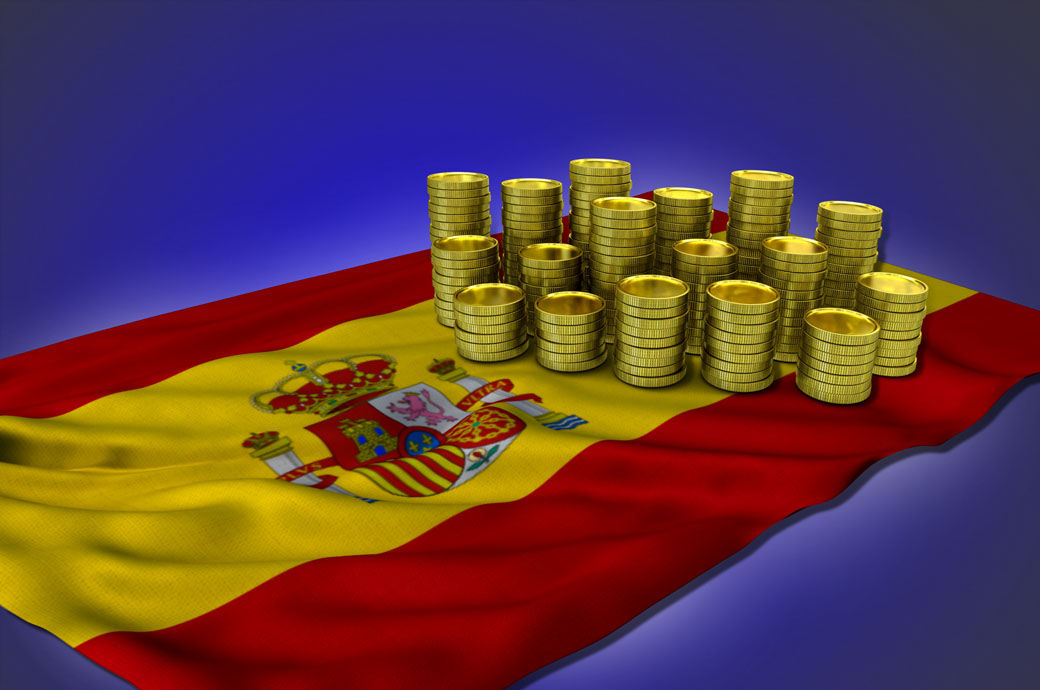
Weaker price pressures and a potential acceleration in the execution of Recovery and Resilience Facility-related projects, among other factors, will help Spanish economic activity continue to grow over the rest of the year, it said.
However, the uncertainty surrounding the Spanish economy’s macroeconomic outlook in the short and medium term remains quite high, it noted.
Over the course of the year the rate of change of consumer prices has fallen very sharply in Spain. This decrease, which has principally affected the energy component, has been more pronounced than in the euro area, partly because of the regulations that determine how retail electricity prices are set in Spain.
The annual average growth rates projected for 2024 (2.2 per cent) and 2025 (2.1 per cent) are quite similar to the 2023 rate. However, output growth will mainly be underpinned by the recovery in private consumption, and less so by the contribution of net external demand, the main driver of growth this year, the document said.
The recent deceleration in underlying inflation will continue in the coming months. Underlying inflation is expected to run at 4.1 per cent in 2023, before declining to 2.1 per cent in 2024 and 1.7 per cent in 2025.
Meanwhile, headline inflation is expected to average 3.2 per cent this year. In 2024 it will increase to 3.6 per cent, mainly as a result of the expected withdrawal of most of the measures deployed by the authorities to combat the effects of the rise in inflation, which will cause the rate of growth of the energy component to accelerate, the central bank document said.
Nevertheless, under the projection exercise’s assumptions, headline inflation will resume its downward path in 2025, decelerating to 1.8 per cent.
In the first quarter this year, the country’s GDP grew by 0.5 per cent compared to a decline of 0.1 per cent in the euro area.
ALCHEMPro News Desk (DS)
Receive daily prices and market insights straight to your inbox. Subscribe to AlchemPro Weekly!